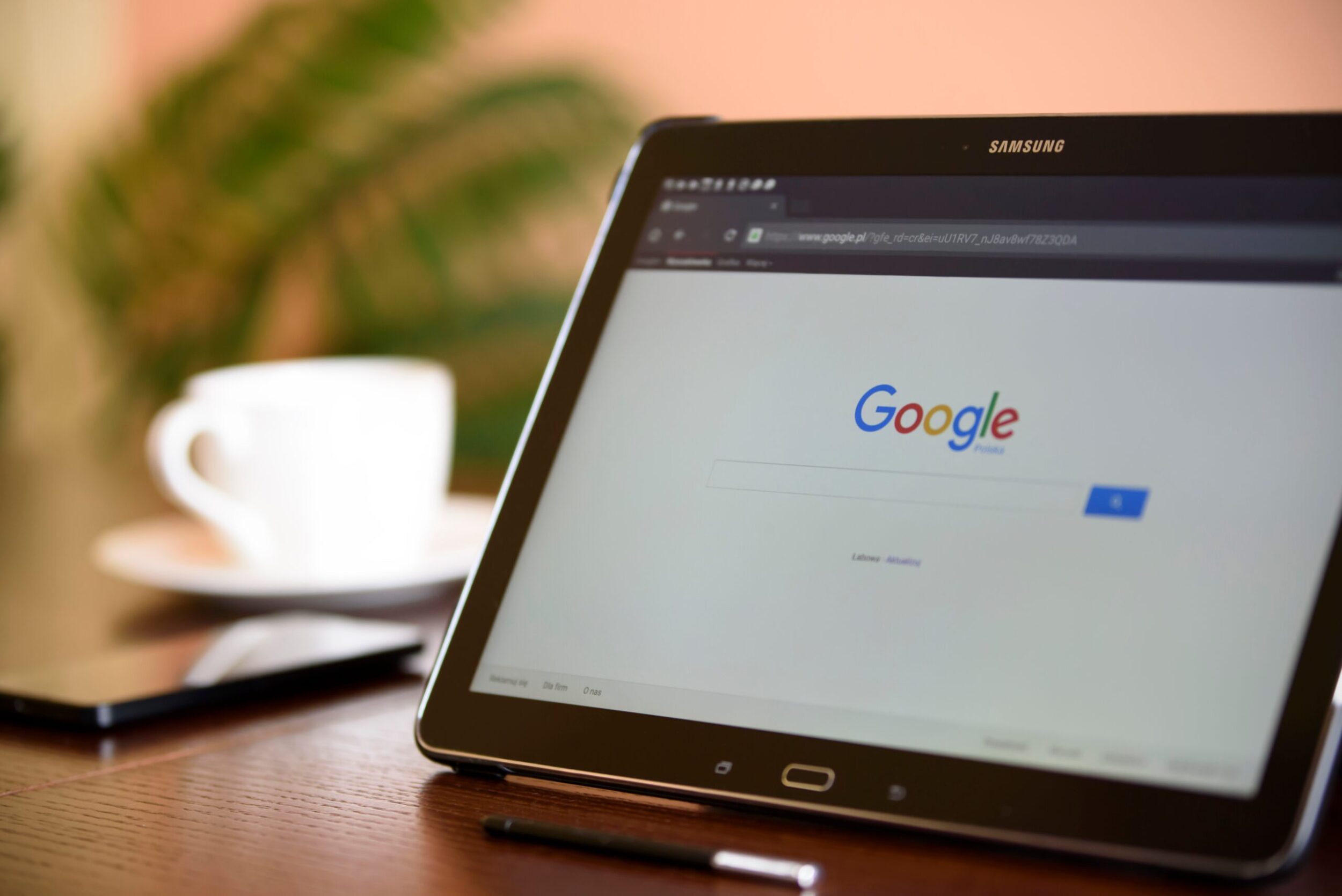Ads are getting bigger.
The latest innovation is a revamp of Google Adwords and it’s sort of a big deal.
Expanded text ads (ETA) will now enable marketers to use a lot more ad space in order to get their messaging across.
Companies will be able to write 2 headlines of up to 30 characters with the description block now being extended to 80 characters up from the two 35 character lines.
They’re not just doing this for the sake of it though. Google said that during early tests, click through rates increased by 20%, reassuring brands that these new changes will make a strong impact on their paid advertising efforts.
So what exactly are these changes and what’s in store for digital marketers?

1. With a focus on mobile marketing, the new Adwords updates come as a relief for digital marketers, being that desktop, mobile and tablet now all have individual device bids.
Separating your paid media campaigns gives you greater control and freedom with how you spend your marketing budget. This is great news for marketers who are capitalising on the growth of mobile marketing, carving the path for mobile-centric paid media campaigns.
2. You’ll be able to improve your quality score in the sense that a longer description provides users with more context around what links to the ad. This should see a natural increase in click-through-rates.
3. Display ads are going to get a lot more responsive… and what’s more? Google are going to do it for you. So say goodbye to manually creating ads to suit different device dimensions. Provide Google with your URL, headline and description and their magic elves will create a digital ad that’s optimised for all device types. This nifty new feature will benefit both you as a marketer and your consumers. You get to save time and your customers have a better online experience being that the Google advert won’t feel intrusive.
4. Your Google Maps is changing too (yes, this is a lot of transformation). Stats show that 1 in every 3 Google searches is location related so it makes sense to integrate your paid advertising with maps. Rolling out later on in the year, this new feature will display local paid adverts, brand logos and in-store promotions whenever you open your Google Maps app. It’s still undecided as to the actual logistics of how these ads will work, but they’re positive it will bridge the gap between online and offline sales. Already they are claiming that mobile search ads drive 4 store visits for every online conversion.
This seismic shift from how we’ve all known to do Adwords towards a richer, more composite format should definitely pave the way for a surge in PPC expenditure, with marketers being super savvy to create something truly eye catching.
Before you go, make sure you’re up to date with Google’s other update regarding mobile friendly sites and the changes that they’re making.
